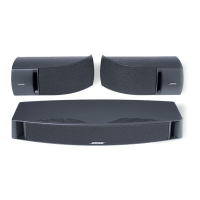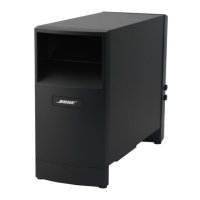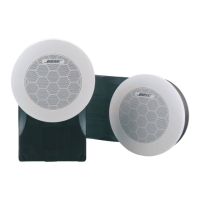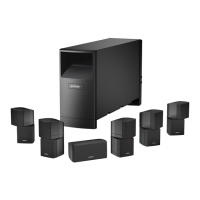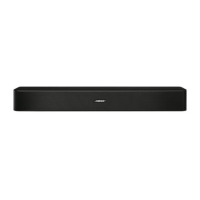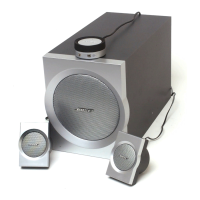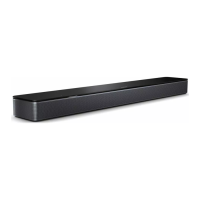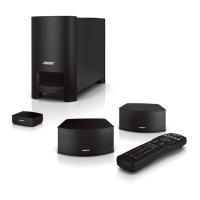15
7.8 Turn the Opti-Voice level control fully
counterclockwise. The output should be
20 mV rms, (0 dB
± 2 dB).
8. Voice Channel Response Test
8.1 Apply a 300 mV rms, 1 kHz to the
voice channel input. Reference a dB
meter to the channel A and B output.
8.2 Perform the tests listed in the 102
System Controller Voice Channel Re-
sponse table below.
102 System Controller Voice Channel
Response
9. Automatic Gain Control Test
9.1 Apply a 2 Volt rms, 1 kHz signal to
the voice channel input.
9.2 The output level should be
900 mV rms,
± 100 mV.
10. Voice Channel Distortion Test
10.1 Apply a 1 Volt rms, 1 kHz signal
to the voice channel input.
10.2 Measure the distortion at both the
channel A and B outputs. It should be
less than .1 %.
102
®
SYSTEM CONTROLLER TEST PROCEDURES
6.5 Both music channels should drop
30 dB ± 3 dB.
Note: The mute release time is 2 seconds.
It may be necessary to repeat procedure
6.4 several times to check the mute
specification on both channels.
6.6 Move the mute switch on channel B to
the OFF position.
6.7 Repeat step 6.4.
6.8 Channel A should drop 30 dB ± 3 dB.
Channel B should not be affected.
6.9 Return the channel B mute switch to
the ON position.
7. Voice Channel Test
Note: The voice channel input must be
loaded with a 600 ohm input impedance in
order to get the correct output levels.
7.1 Apply a 20 mV rms, 1 kHz signal
to the voice channel input.
7.2 The output should be 20mV rms,
(0dB ± 2dB). Reference a dB meter to the
channel A or B output and proceed.
7.3 Move the voice switch to the MIC
position.
7.4 The output should be 600 mV rms,
(+30dB ± 2 dB).
7.5 Return the Voice Switch to the LINE
position.
7.6 The output should be 20 mV rms,
(0 dB ± 2 dB).
7.7 Turn the Opti-Voice
®
level fully
clockwise. The output should be 600 mV
rms, (+ 30 dB ± 2 dB).
Frequency (Hz) Response (dB)
1000 0 Reference
80 -10 +/- 3dB
200 +0.5 +/- 2dB
8000 +3 +/- 2dB
20,000 -5 +/- 2dB

